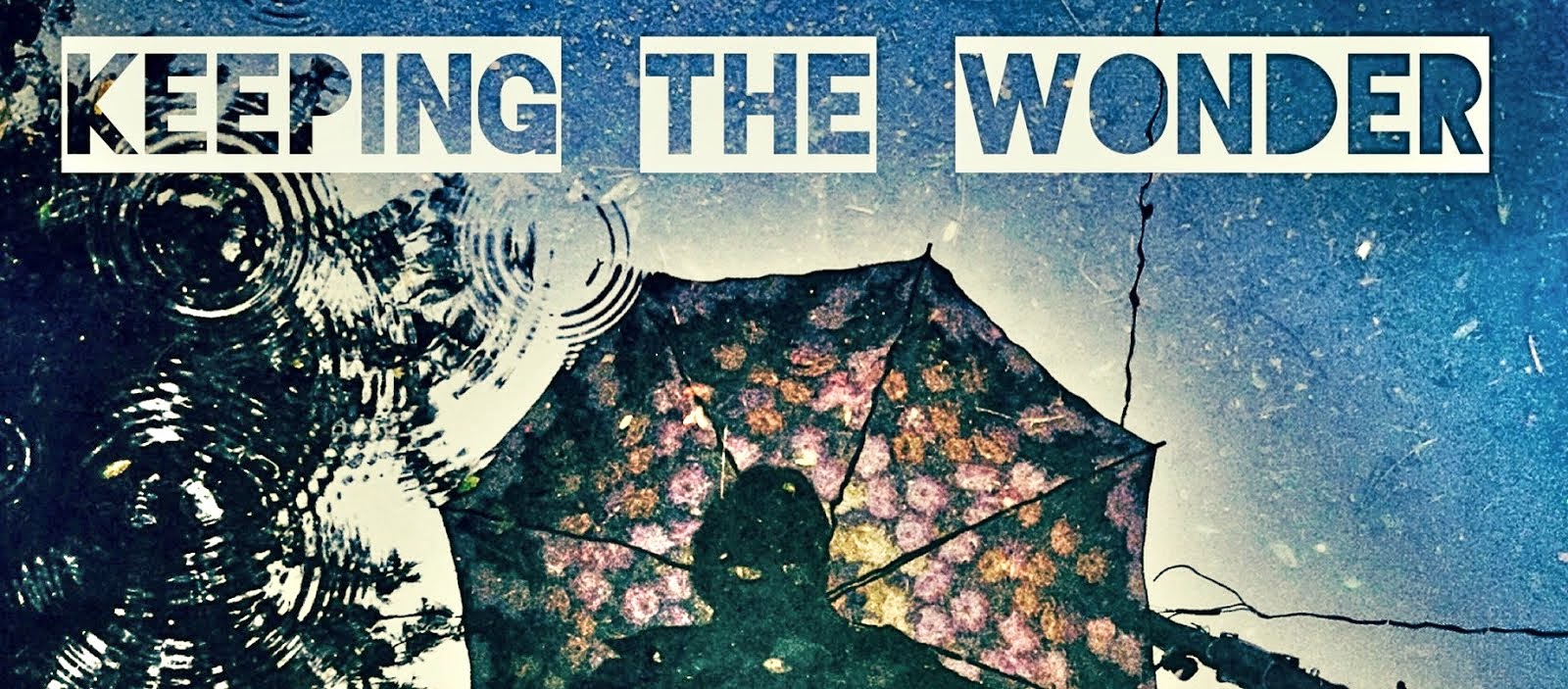 |
| A full class of 27 students! Kindergarten - 2nd grade. |
Sunlight, or the light from an electric light bulb, seems colorless. We call it "white light." But, it truly contains the full range, or spectrum of colors: red, orange, yellow, green, blue, turquoise & purples. When these colors pass from air into water or glass, they are slowed down & refracted by different amounts.
A band of colors, as seen in a rainbow, is produced by the separation of the components of light by their different degrees of refraction according to wavelength.
Normally, when white light passes through the air, all its colors are bent back by the same amount so that they join together to make white again. However, if the rays are reflected while still inside the water or glass, they leave by different paths from those by which they entered. In this case, the colors are separated and can be seen as a spectrum with many colors bouncing around.
The easiest way to produce a spectrum is with a block of glass called a prism. This has three flat faces running in one direction & triangular-shaped ends. However, if conditions are right, white light can also be split apart by other arrangements of glass & by water. A rainbow, for example, is caused by reflections & refractions of sunlight inside raindrops. It's so amazing!
 |
| Primary colors, secondary colors & tertiary colors. |
So then, how do we see color?
 The colors reflected by an object are those which give it its color. Something that appears white reflects all colors of light. An object that looks red reflects only red light & absorbs all the other colors. Something that appears black absorbs every color & reflects none.
The colors reflected by an object are those which give it its color. Something that appears white reflects all colors of light. An object that looks red reflects only red light & absorbs all the other colors. Something that appears black absorbs every color & reflects none. Three of the colors – red, yellow, & blue – are the Primary Colors, because they can be combined in different ways to produce every other color. A combination of two primary colors gives a secondary color.
—————————————————
After talking about color, I had students paint/draw their own color wheels, using the primary colors. It was loads of fun! (See the pic above ^) We were using acrylic paints. - not the craft kind - but the real kind.
I used styrofoam plates for palettes, had plenty of paper towels on-hand, & used recycled greek yogurt containers for the water. Students painted with care, & used fine brushes sized anywhere from 3-5.
I put old newspapers over the tables to keep them clean. I talked about how important it was to keep everything neat - only paint on the brush, palette & paper! Ultimate EVERYONE made a fantastic color wheel, had loads of fun, stayed relatively paint-free & learned some good stuff. :)
Here is a link to my Pinterest board: Teaching Art, where I have saved several printable work templates & homework sheets that involve the color wheel.
-GB


No comments:
Post a Comment